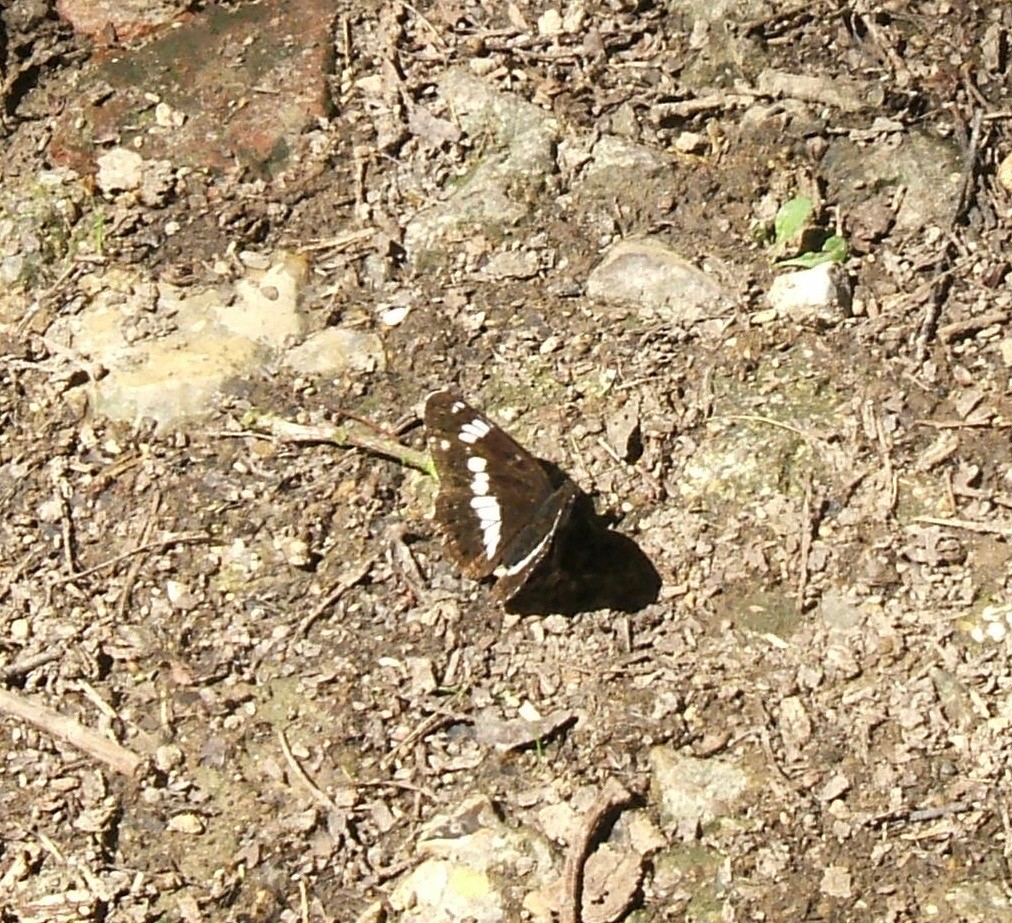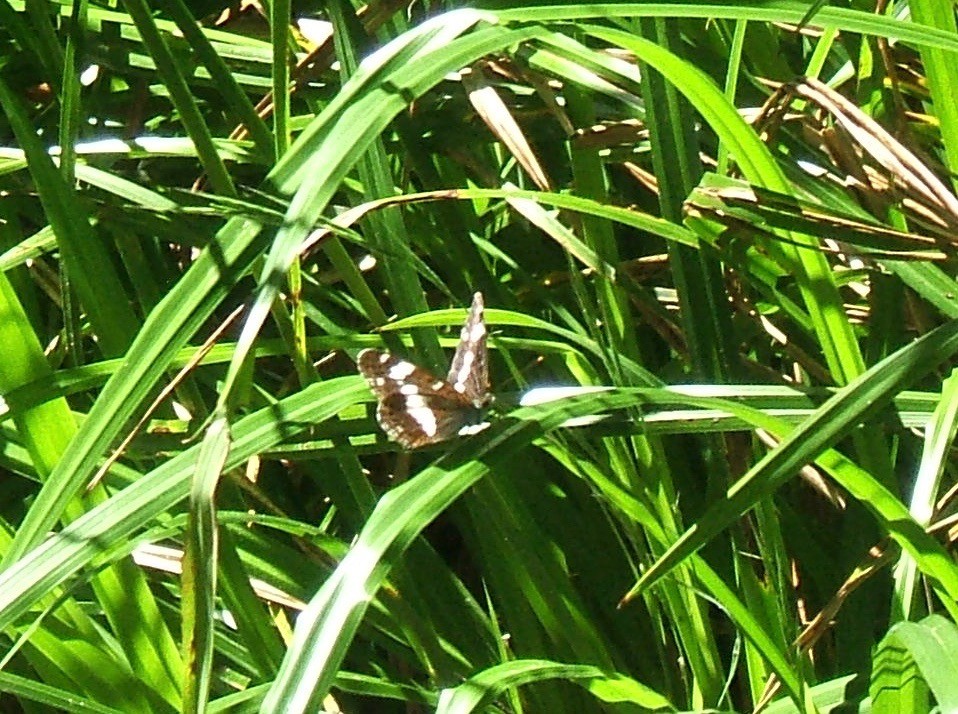
This gloriously warm weather has brought out the best of British nature and isn’t it just magnificent?
One group that benefits greatly from the heat and sunshine is the butterflies, and walking along a footpath through any local meadow will disturb clouds of Meadow Browns along with perhaps the occasional Skipper, Marbled White, Ringlet and Common Blue. However, one of our jewels within the Arun Valley crown is the White Admiral, an elusive woodland butterfly, at home high in the canopy basking on sun-drenched Oak leaves and supping aphid honeydew. And this year the Binsted Woods Complex is simply brimming with these beautiful beasts. Those with the patience to watch and wait along sunny woodland edges, rides and wayleaves are likely to be rewarded with a glimpse of the White Admiral. The velvety black wings with a striking white band are unmistakable as it flits along the edge of the canopy and then gracefully glides to the ground to sip water or feed on the dissolved salts in dung.

The photos in this blog were taken in Binsted Woods on 2nd July by Fred Emigh, a regular visitor to Binsted from America.
Eggs are laid upon Honeysuckle – not the glorious Honeysuckle displaying its clusters of bugle-shaped flowers for all to see, but the spindly, weakly growing honeysuckle that never flowers but lurks within shady woodland. The eggs resemble miniature disco balls – green and glassy – though with a sparse covering of hairs. The caterpillar feeds on the leaf tissue, and come the winter, not yet fully grown, it makes a snug retreat from a folded leaf and silk. Springtime, with renewed warmth, spurs the caterpillar into action once more until full size is reached.
Pupation is the process by which the cells of the caterpillar reform into those of the butterfly. During this time the individual is totally defenseless and so must be well disguised. The pupa or chrysalis resembles a half-dead leaf dangling below the Honeysuckle – twisted and browning. However, some birds have cleverly learnt to spot this camouflage and so both the chrysalis and caterpillar stages undergo relatively high predation. Thankfully hot summers such as this accelerate development, and therefore more butterflies survive to adulthood.
And what a treat for us, for the adults emerge, extraordinarily bright and beautiful, with numbers peaking in July. Their sole purpose is to mate and start the cycle of life again before they fade away into the late summer.
